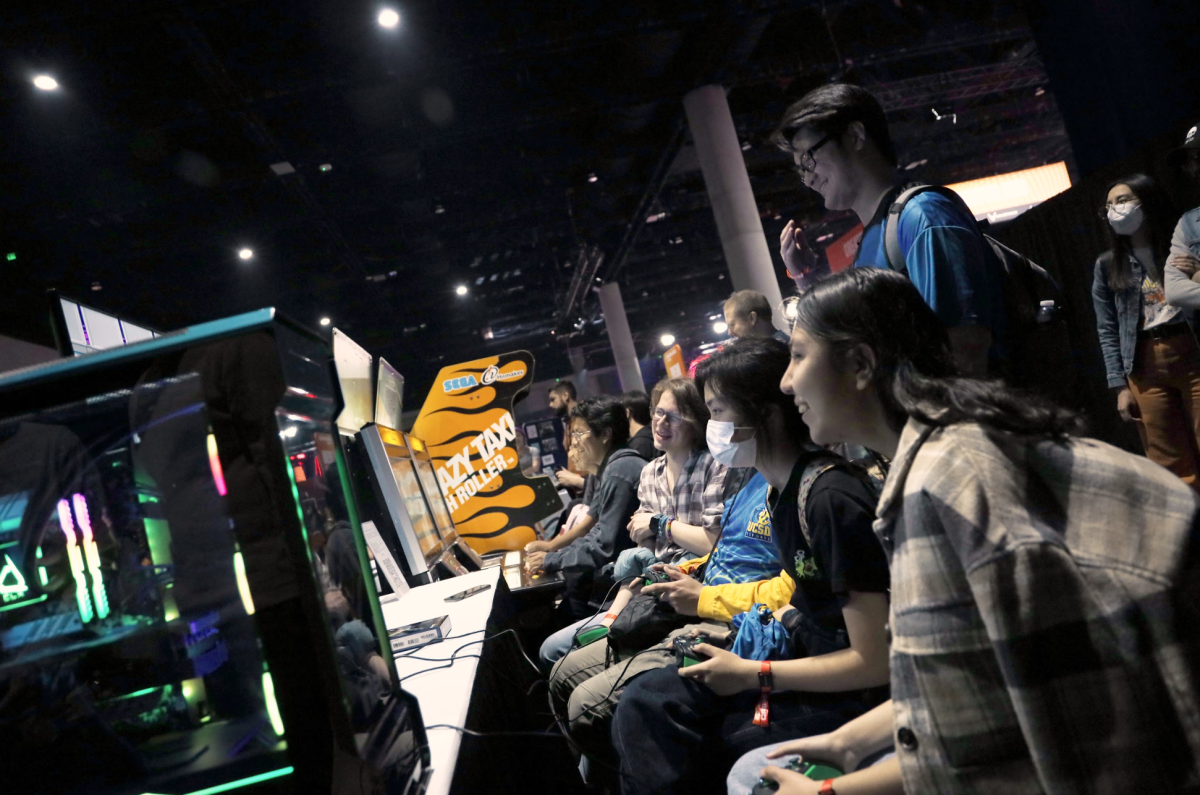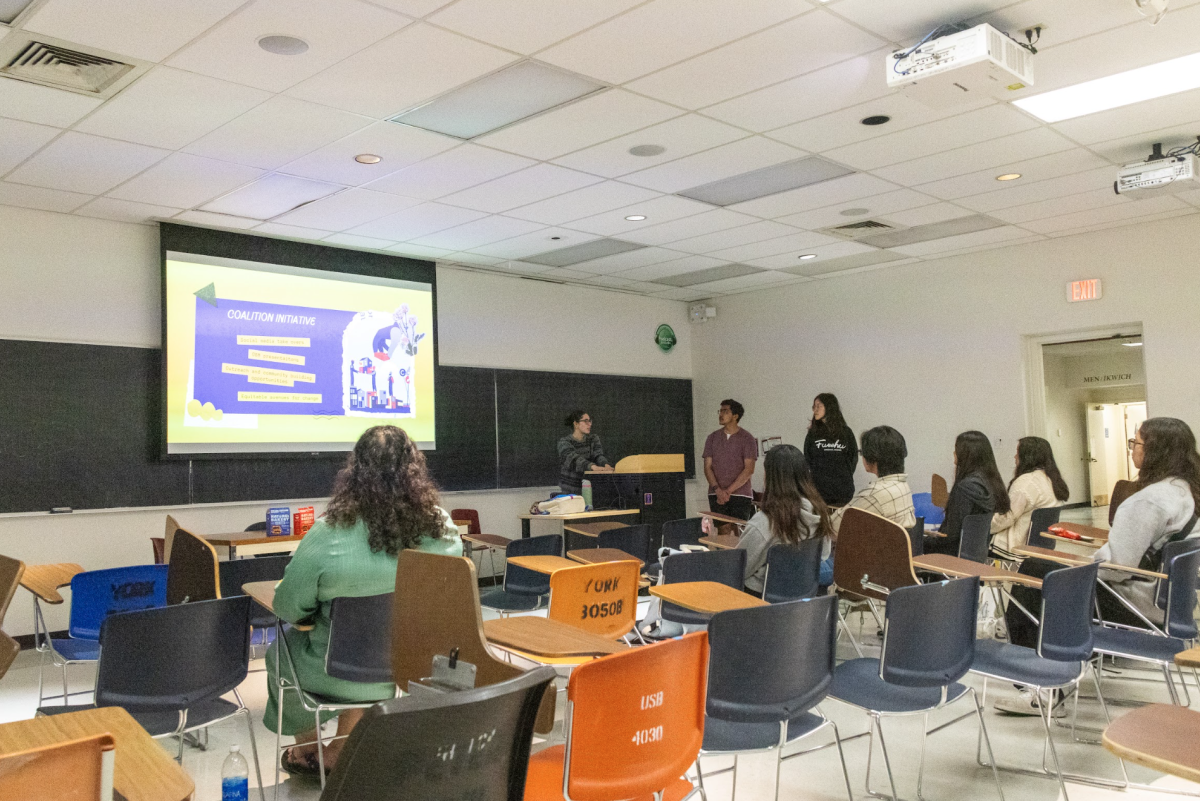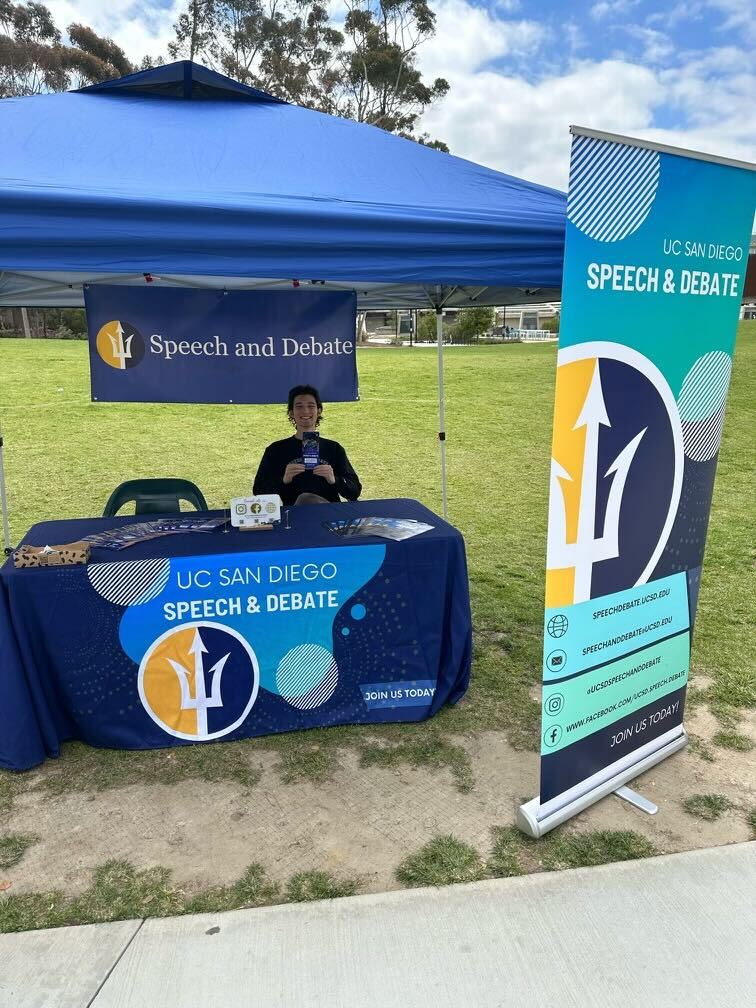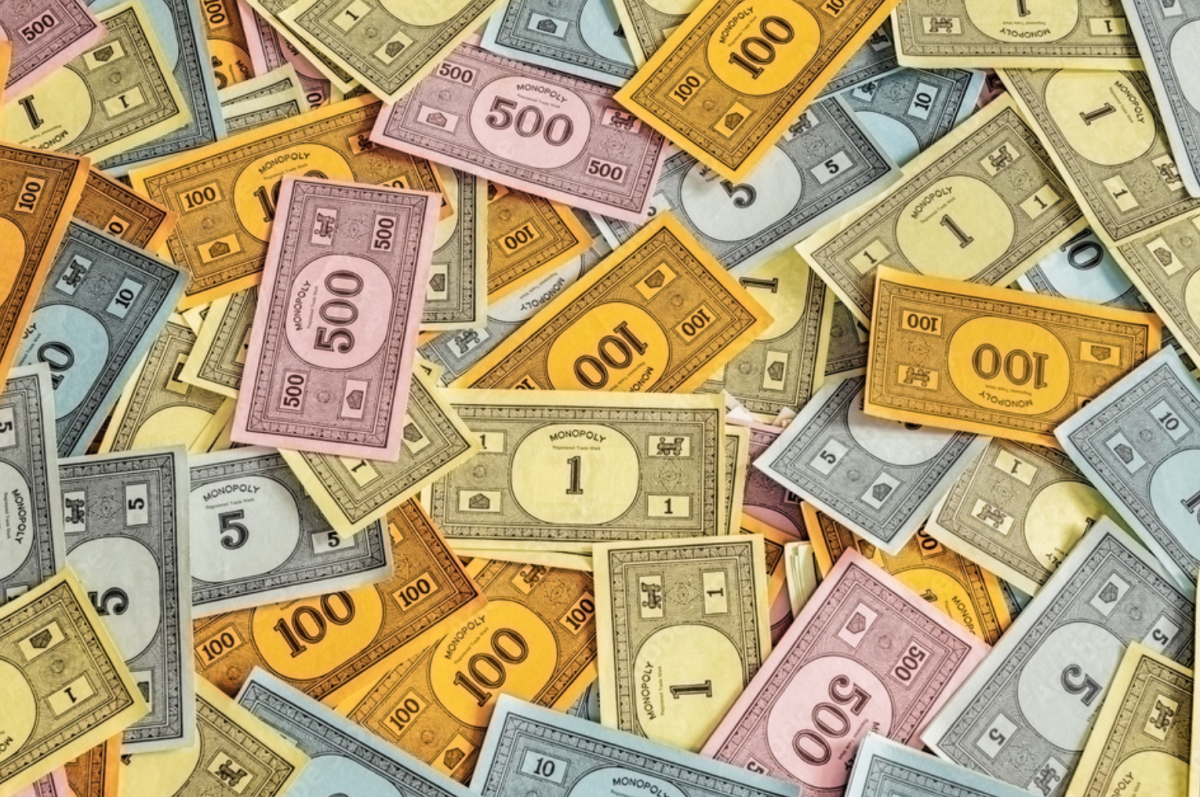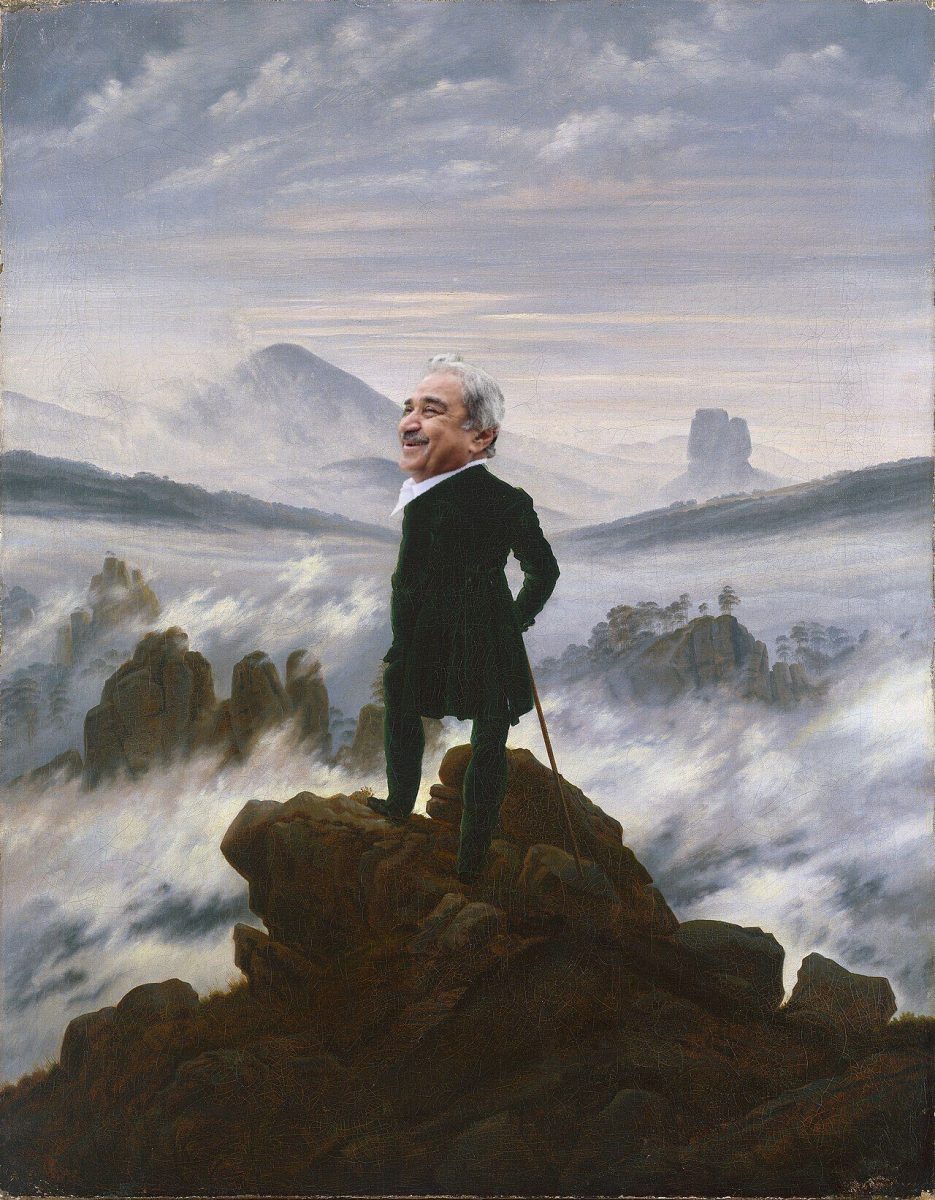“Everybody’s intrigued by the humanistic aspect,” Annese said. “These are not just specimens. There’s an emphasis I want to place on the person.”
Dr. Annese said his field of study, with its dependence on donors who have passed away and its Frankenstein associations, has been considered “ghoulish,”
In a previous Guardian interview (“Mind Matters,” Feb. 28, 2011), Annese spoke of his newest endeavor, a project called “The Brain Library,” which aims to collect brains of one thousand local donors in the next 10 years in order to get a better idea of what each brain tells about the person who donated it.
In the project, each donor’s brain will be cut into thin slices, placed on glass slides and photographed individually using advanced microscopic technology. The pictures are turned into a 3-D image, then put into a database that Annese calls “the Library of Congress for Brains”.
Since then, Annese’s brainchild has grown, with the goal of collecting a thousand donors in the next 10 years becoming more and more feasible. And the library is also home to one of the most famous brains in history: H.M., who was known by neurologists around for the world for a rare condition that made him unable to retain short-term memory. The project also plans to study the brains of an actress who played a flying monkey in “The Wizard of Oz,” and another famed neurological patient, S.M., who is renowned for her inability to feel fear.
The Brain Library is distinguished from its predecessors by its personal approach. As opposed to the traditional brain bank, which normally only notes the gender and age of a donor, the Brain Library aims to get a comprehensive biography behind every donor’s brain in order to determine the connection between the brain’s anatomical structure and its owner’s personality.
“Brain library is a much better term than brain bank. It has connotations and prerogatives that I don’t agree with,” Annese said, stating that in the past, the nature of brain research has given the field a more “hush-hush” element.
High-profile donors and recent media attention has also put the Brain Library in the spotlight. One particular reason for all the attention is Dr. Annese’s April 20 interview in Bloomberg Businessweek, a business and finance publication that boldly claimed that Dr. Annese “wants Donald Trump’s brain.”
“The cases that will be informative will be [those] whose lives are documented very well,” Annese said. He cited Donald Trump, business mogul and recent politician, as a prime example of the type of brain he wants to profile because of the publication of his recent biography.
“But we’re not in the lab waiting for him,” he added. “It was sensationalized.”
While Annese believes the article didn’t correctly capture the project’s goal (Annese prefers to be approached by donors rather than to ask for them), the media eruption has helped the project grow.
“We got 2,000 responses last week from the ABC article,” said Annese, whose project aims to collect brains mainly from the San Diego area. “There is overwhelming interest, considering we’ve not really put out a campaign. It’s based on word of mouth.”
With the attention his project is getting, Annese believes that it could become a global undertaking, but he’s still looking for interested volunteers in San Diego.
“The work is intense; we’re always looking for smart, hardworking volunteers,” said Annese, noting that half of the paid assistants in the Brain Library were once volunteers. “They’ve always been a very good source of fresh ideas.”
The response to the project has been positive from both the general public and the scientific community, and Annese is currently working a paper regarding his findings on H.M.’s brain.
But beyond its widespread public success, Annese says that his work in pathology has affected him personally, as he’s begun to change his own outlook on his work.
“As an anatomist, I’m not biased,” he said. “In a way, it’s almost like an empathy that I’ve developed. When a person donates their brain, they’re interesting in their own right, whether they’re Democrat or Republican, or what views they agree on.”
Annese appreciates what he considers a “shifting paradigm” in the field of pathology. The recent media coverage of his project has helped lend a certain allure to Annese’s field.
“When you’re talking about anatomy and pathology, it is harder to make it seem ‘sexy,’” Annesse said. “I’m glad that beauty prevailed. With the glass slides and images, people appreciate the beauty of this work.”


